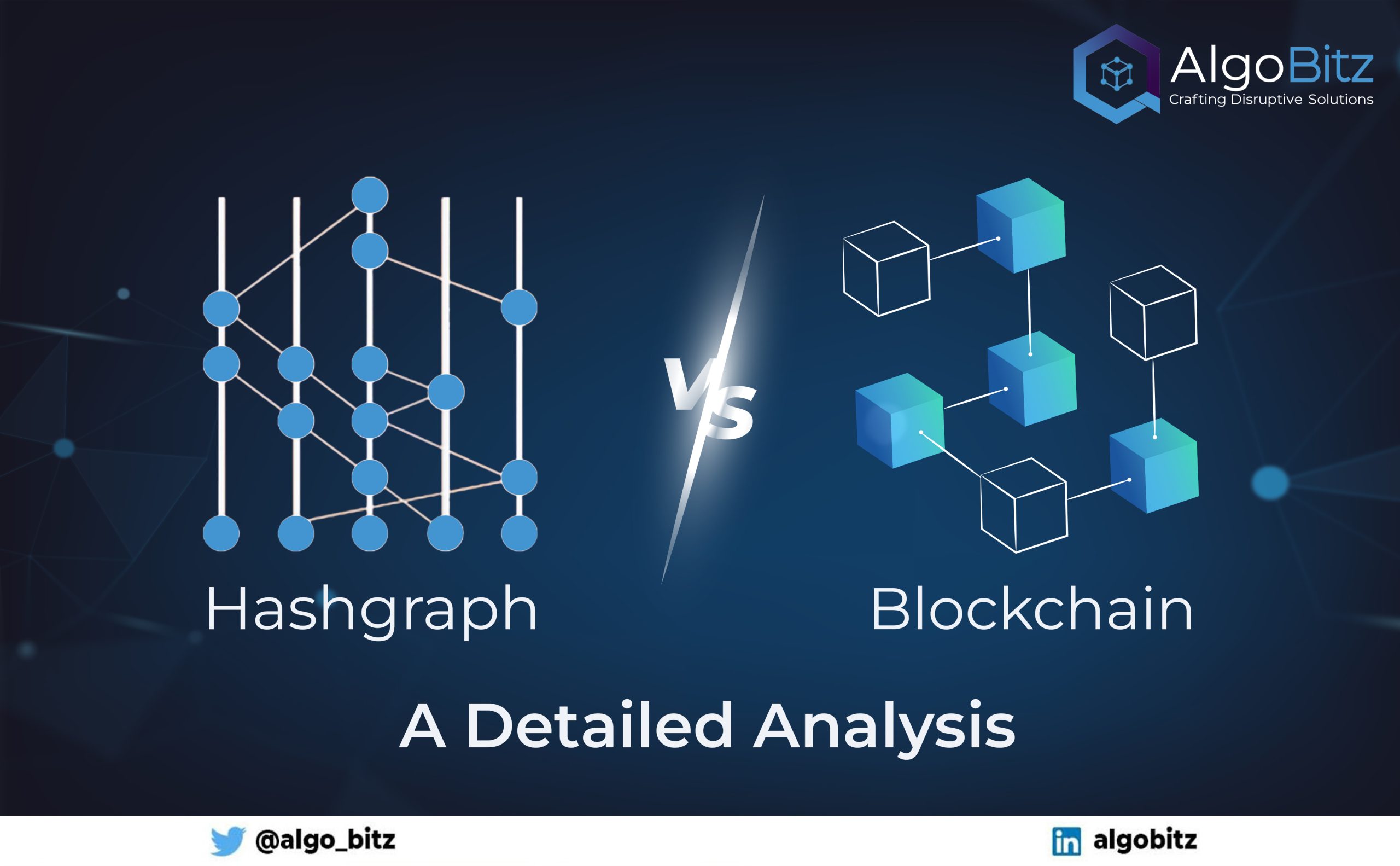be ableBitcoin came into existence in 2008 and introduced a blockchain-based digital currency to the world, creating a new monetary network that utilized a distributed ledger system. As the blockchain sector continues to grow rapidly, other distributed ledger technologies, or DLTs, have emerged as potential alternatives, such as Hashgraph. It approaches the distributed ledger in a different way and is said to be faster, fairer and more secure than blockchain, making it a worthy competitor in the market. This is the reason we will be weighing the features and functionalities of Blockchain and Hashgraph in this article and evaluating where they stand in the Web 3.0 market. Before we take a deep dive, we shall first go through these terminologies:
Quick Guide
1. Distributed Ledger:
The log of transactions or shared contracts that is synced and managed in a decentralized way across several sites and users (nodes) is referred to as a distributed ledger (DL). The most promising features of DLs are:
- They remove the need for a centralized authority.
- They use cryptographic algorithms to securely store and preserve the immutability of the entire data. While centralized ledgers are vulnerable to cyberattacks, DLs being decentralized, are not as any attempt to hack a DL would require concurrently targeting and exploiting every node in the network, thereby making it harder to strike DLs.
- The management of a Distributed Ledger Database requires distinct data formats and consensus techniques, which Blockchain and Hedera Hashgraph use effectively in their own ways.
2. Blockchain:
Blockchain is a first-generation DLT, running on a sequential data structure that consists of continuously expanding lists of records (blocks) that are safely connected to the preceding and succeeding block via cryptographic hashes. A timestamp, transaction records, and a cryptographic hash of the preceding block are included in each block.
Blockchain is dependent on various consensus techniques, such as:
Proof of Work
In POW, the block must be secured by computing a solution to a problem, termed mining, in order to reach a network consensus. The network’s nodes, called miners, must solve these problems to be able to add new blocks, validate transactions, and earn rewards.
Proof of Stake
PoS is a consensus mechanism for blockchains that work by selecting validators in proportion to their contributions to the network. Here, the appending entities that can add blocks to the blockchain and verify them, are named minters or validators.
Hashgraph: The Introduction
Distributed ledger technology (DLT) provides a more advanced framework that relies only on a peer-to-peer network and could enable businesses to utilize computational power in an unprecedented way. We are approaching the next trust layer of the internet as we go past the client-server computation model. Blockchain has proved effective in meeting these concerns; nevertheless, the shift is still constrained due to issues with scalability, efficiency, and interoperability that have yet to be resolved.
Hashgraph – founded by Leemon Baird, co-founder and CTO of Swirlds – has emerged as a blockchain substitute with advantages such as security, fairness, pricing, and performance. A new approach to distributed ledger technology is provided by the hashgraph consensus mechanism. Swirlds has patented it, therefore nobody else can work on it. Hedera Hashgraph, a network that is open to the public, is another option, nevertheless. With a few minor adjustments to the leader format, it retains all the properties of the Hashgraph consensus mechanism. It operates on a graph-like framework where each node shares information with the others. The construction of a graph of links reveals their communication. Events include all of the data or information. To preserve consensus and connectivity, it leverages Virtual Voting and Gossip about Gossip mechanisms, which we will describe below:
Gossip about Gossip in Hashgraph
Information is synced or transferred between two nodes via gossip. It is used to guarantee that all data is distributed to all network members.
Hashgraph’s Virtual Voting
The Gossip about Gossip technique allows for electronic or virtual voting since each node already knows exactly what the other node knows and can thus anticipate how the other node will vote. Voting messages cannot be transmitted over the network using the virtual voting algorithm. Even if any member skipped casting their vote, he and others would still be aware of how the others would have cast their votes.
Now that you know what Hashgraph is, let’s continue to compare its most prominent features with blockchain technology.
Differences between Hashgraph & Blockchain
1. Strategy
The fundamental distinction between blockchain and hashgraph is how they operate. Blockchain uses a linear storage method, storing data in blocks. Although the add method is excellent, it is not necessarily the best option for blockchain applications. Hashgraph, in contrast, stores and retrieves data via a directed acyclic graph. Both DLTs are really decentralized since every node has a replica of the ledger.
2. Agility of Hashgraph
The agility or speed of blockchain depends on the solution (cryptocurrency, platform, etc.) which is, however, considerably slower than Hashgraph. Blockchain-based systems like Bitcoin, Ethereum, and others process at a rate of only 100 to 10,000 transactions per second. Theoretically, Hashgraph can process half a million transactions per second. The ‘Gossip about Gossip’ approach of Hashgraph, which requires less information to be sent across the network as more events occur, is what makes it fast. Practically, this may fluctuate based on other conditions.
3. Consensus
Blockchain doesn’t use a single measure for reaching consensus. Depending on the platform or cryptocurrency, a variety of consensus algorithms are utilized. Proof-of-Work, Proof-of-Stake, etc. are only a handful of them. Hedera or Hashgraph, in contrast, achieves network consensus using virtual voting. Hashgraph is a consensus method in and of itself, but it has a lot to offer when we look at the deeper aspects. It can deliver cheaper and better performance without any chance of failure.
4. Hashgraph’s Amplified Performance
Because of its technique, Hashgraph is 100% effective. The block layout of the blockchain makes it challenging for miners to work on a block since two blocks may occasionally be mined simultaneously. In such cases, the community of miners must select one block and dump the other. As a result, the miners’ efforts and resources are wasted, resulting in a less efficient network. Hashgraph does not face this issue because it does not rely on block generation but rather on events.
5. Is Blockchain More Secure than Hashgraph?
Blockchain, via cryptographic techniques, establishes security for the data stored and transmitted on the network. The digital blocks are impenetrable, so malicious attacks cannot affect the integrity of the data. For example, if someone tampers with the data, the signature becomes invalid, which alarms the nodes of a possible breach or malicious activity.
Asynchronous Byzantine Fault Tolerance (aBFT) is used by Hashgraph to protect the network against malicious users. Every event is accurately captured, and the mechanism ensures that no data can be altered even when the network contains some bad actors. The Hedera Hashgraph’s usage of aBFT has changed slightly. To prevent DDoS assaults from disrupting the network, the consensus method doesn’t employ a leader format. Similar to the blockchain, a transaction that has been finalized cannot be modified in any manner. This also implies that a 51% attack cannot succeed against it. In our Hedera Hashgraph vs. Blockchain comparison, both technologies are robust and provide excellent security levels.
6. Better Impartiality in Hashgraph
The miner in Blockchain has more control over whatever orders he intends to perform, the actual order of transactions, delay and even halt transactions. Anyone linked to the network, whether directly or indirectly, may not find this to be reasonable. Hashgraph approaches impartiality (or fairness) uniquely, allocating nodes at random. Additionally, it makes use of consensus time stamping, so the sequencing of the events has no impact on any one user.
7. Market Acceptance & Growth
Hashgraph is significantly outperformed by blockchain in the market acceptance and growth domain. The blockchain has been around for over ten years. Being the first to market reaps rewards, and it has undergone several efforts at perfection. However, since Hashgraph is a patented technique, it lags far behind. The open-source version, Hedera Hashgraph, is still being worked on. It is being utilized by more than 300 businesses, which may seem like a large number but is still small in comparison to businesses utilizing blockchain technologies.
Key Takeaways
Hashgraph won’t take the place of blockchain, at least not right now. When compared to the blockchain, hashgraph does have several advantages and is unquestionably a more sophisticated technology. Even if there are a lot of problems with blockchain, they are not significant enough to reduce its appeal. Hashgraph is an intriguing technology, however, it does have certain drawbacks. The adoption is delayed by Hashgraph’s private ownership and its exclusive use in private and permission-based networks only. We do, however, have Hedera Hashgraph, a public Hashgraph network that can help it develop faster. Though the Hedera Hashgraph’s technology is really impressive, it won’t be able to achieve its true potential and performance until it is made available to the general public and non-permission-based networks.
To summarize, while blockchain has been the dominant DLT for many years, Hashgraph offers a compelling option with its focus on security, impartiality, affordability, and performance. We think that this is only the beginning of a new age, even if there are currently numerous businesses embracing blockchain technology. Hedera Hashgraph, on the contrary hand, may succeed and acquire popularity without substituting any other technology. It will be fascinating to watch how these two technologies interact and maybe complement one another in the future as the blockchain sector develops.
Algobitz is a global Web 3.0 & Blockchain consulting company and solution provider. We offer end-to-end development and digital transformation service in Web 3.0, blockchain technology, metaverse, and NFTs. Our convenient and comprehensive Web 3.0 solutions will provide a much-needed boost to your business performance and time-to-market. If you want to grow your business in Web 3.0 space, get in touch with us right now and step into the future!






